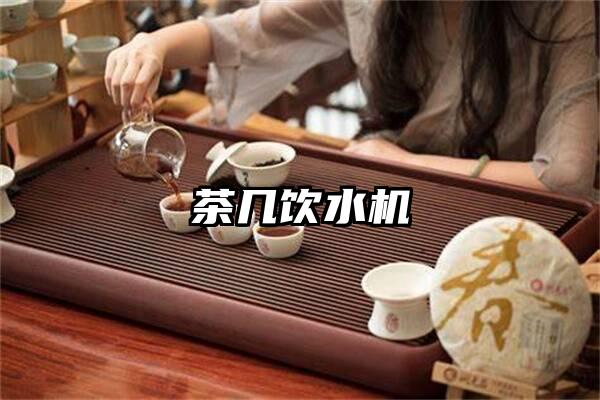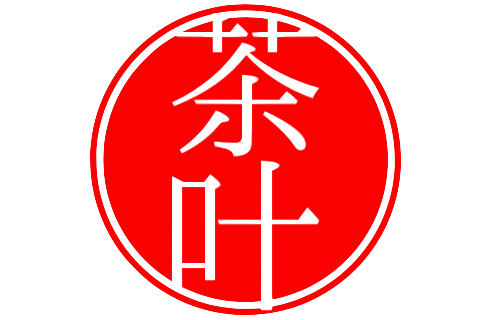茶几英语
Introduction:
The tea table is an essential furniture piece that adds character and functionality to our living spaces. With its versatile nature and timeless appeal, tea tables have become an indispensable element for both traditional and contemporary interiors. This article aims to delve into the significance of tea tables, their historical roots, modern-day adaptations, and how they resonate with our target audience – homeowners seeking to create an inviting and functional living environment.
Historical Origins:
The concept of a tea table dates back to ancient China, where tea ceremonies were an esteemed tradition. Tea tables were used as a platform for displaying tea utensils, allowing guests to appreciate the artistry and craftsmanship. As these rituals gained popularity and spread across Asia, tea tables became symbolic of hospitality, tranquility, and refined aesthetics. Today, these concepts continue to be associated with the tea table, making it a popular choice for creating a serene atmosphere in modern homes.

Design and Functionality:
Tea tables come in various shapes, sizes, and materials, allowing homeowners to choose one that suits their personal taste and the overall vibe of their living space. From sleek and minimalistic designs to ornate and elaborately carved pieces, tea tables can be customized to match diverse interior styles.
Functionally, tea tables serve as the centerpiece for social gatherings and intimate conversations. They provide a convenient surface for placing teacups, books, decor items, and snacks, promoting a sense of togetherness and relaxation. Additionally, tea tables with hidden compartments or built-in storage are gaining popularity, offering practical solutions for organizing living spaces.
Modern Adaptations:
In response to evolving lifestyles and interior design trends, tea tables have adapted to meet various needs in the modern age. For instance, adjustable-height tea tables are now available, allowing users to cater to their desired sitting or standing positions. This versatility makes them ideal for multipurpose spaces, such as home offices or casual dining areas.
Furthermore, eco-conscious homeowners can opt for tea tables made from sustainable materials, such as bamboo or reclaimed wood, aligning with their personal values and contributing to environmental preservation. The integration of technology is also evident in some tea tables, with built-in wireless charging pads or USB ports to accommodate our increasingly connected lives.
Target Audience Relevance:
Tea tables offer unique benefits to our target audience, homeowners in search of an inviting and functional living environment. By incorporating a tea table into their home decor, they can create a tranquil space for relaxation, while also facilitating social interactions and gatherings. The customizable nature of tea tables allows individuals to reflect their personal style and aesthetic preferences, elevating the overall ambiance of their living spaces. Flexibility and adaptability enable tea tables to seamlessly integrate into modern lifestyles, catering to the diverse needs of homeowners.
Conclusion:
The multifaceted tea table holds great significance as a furniture piece in our living spaces. Its historical roots, adaptability, and functional design make it truly timeless. For our target audience, the tea table offers an opportunity to enhance the aesthetic appeal of their homes while creating a tranquil environment conducive to relaxation and social interaction. As homeowners continue to seek balance and versatility in their living spaces, the tea table remains an integral and cherished element of modern interior design.
-
上一篇

茶几饮水机
在现代社会,随着科技的不断发展,人们对于生活质量的要求也越来越高。智能家居装备作为科技与生活的结合,得到了越来越多人的青睐和追求。而茶几饮水机作为智能家居装备中的一种,不仅满足了人们的基本饮水需求,还为目标受众带来了诸多便利和享受。本文将围绕茶几饮水机,深度挖掘其特点、优势以及对目标受众的影响和价值。茶几饮水机是一种新型的饮水设备,其特点是结合了茶几和饮水机的功能,不仅可以满足人们的饮水需求,还...
-
下一篇

茶几用岩板好还是大理石好
让我们了解一下岩板和大理石的特点。岩板是一种坚硬耐用的材料,通常由石英、云母和长石等矿物质构成。它具有优美的纹理和丰富的色彩变化,适合用于茶几的台面设计。另一方面,大理石是一种天然石材,由碳酸钙矿物质形成。它也具有独特的纹理和颜色,使茶几看起来更加高贵典雅。在审美方面,岩板和大理石都具有较高的价值。岩板的纹理细腻,层次感强,可以给人一种大自然的沉静感和宁静感。尤其是对追求简约风格和自然环保的目标...
